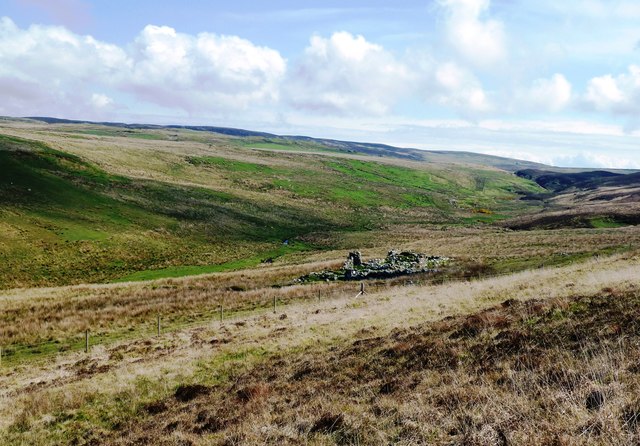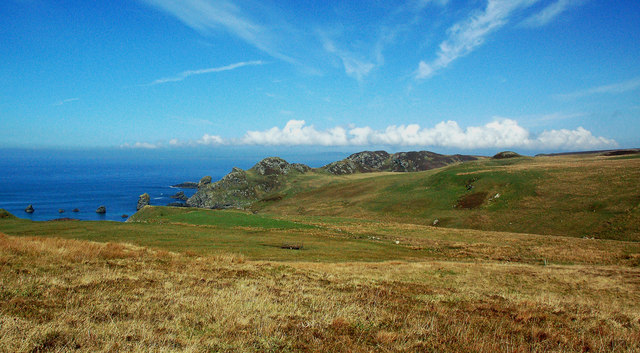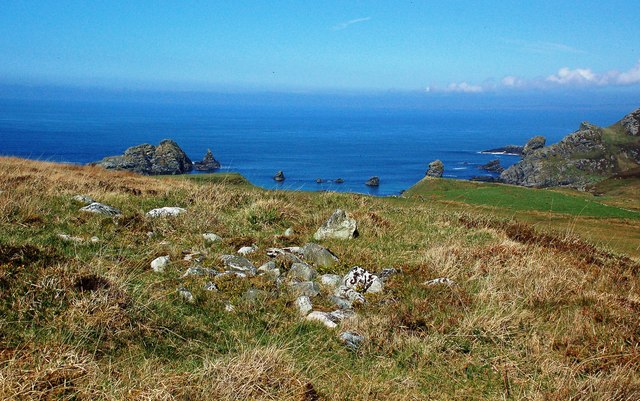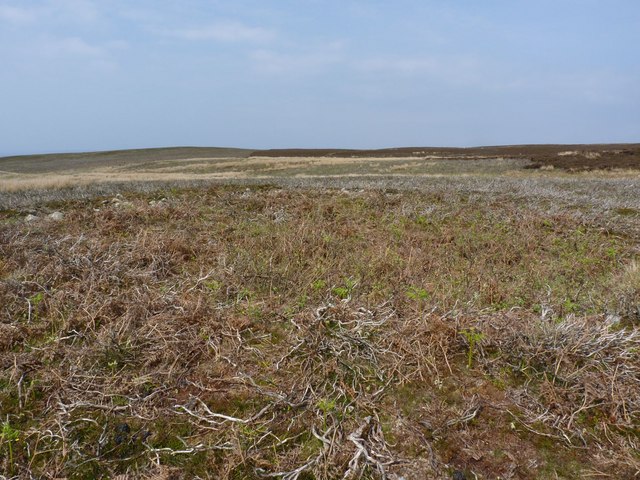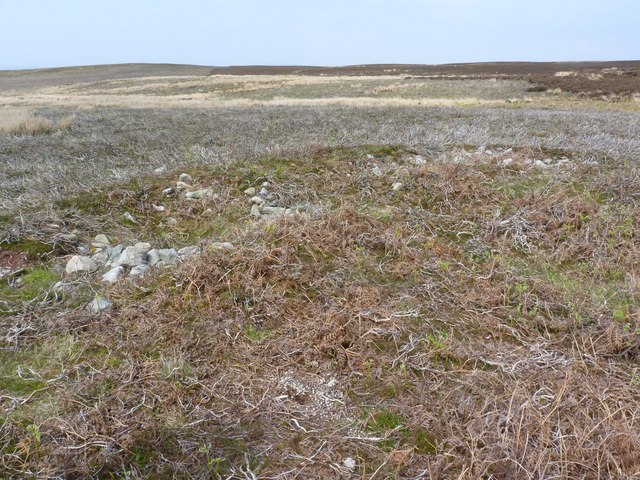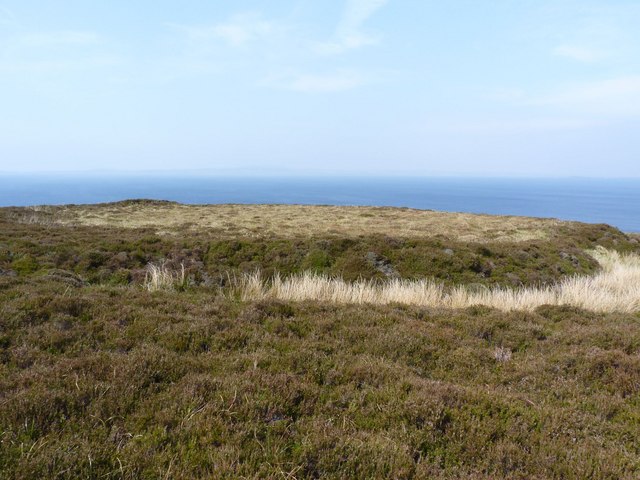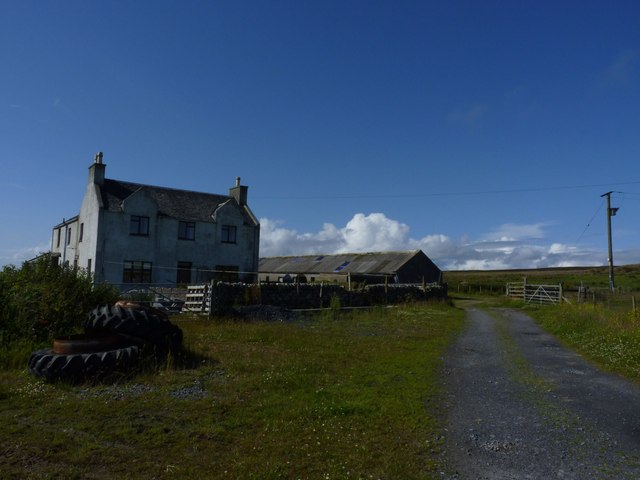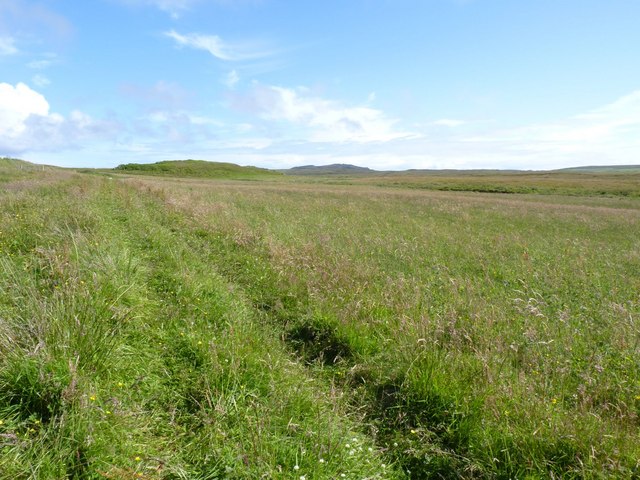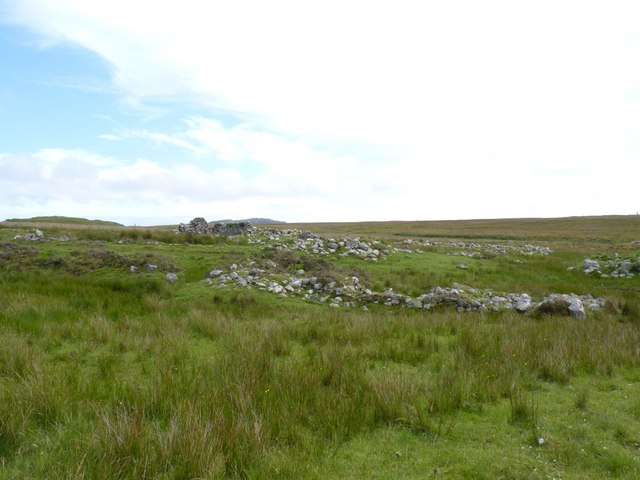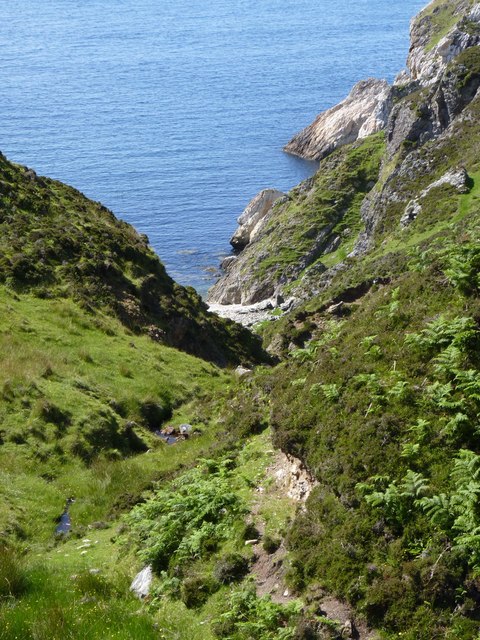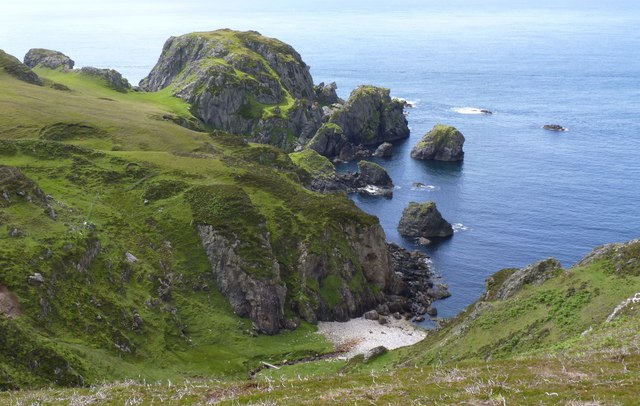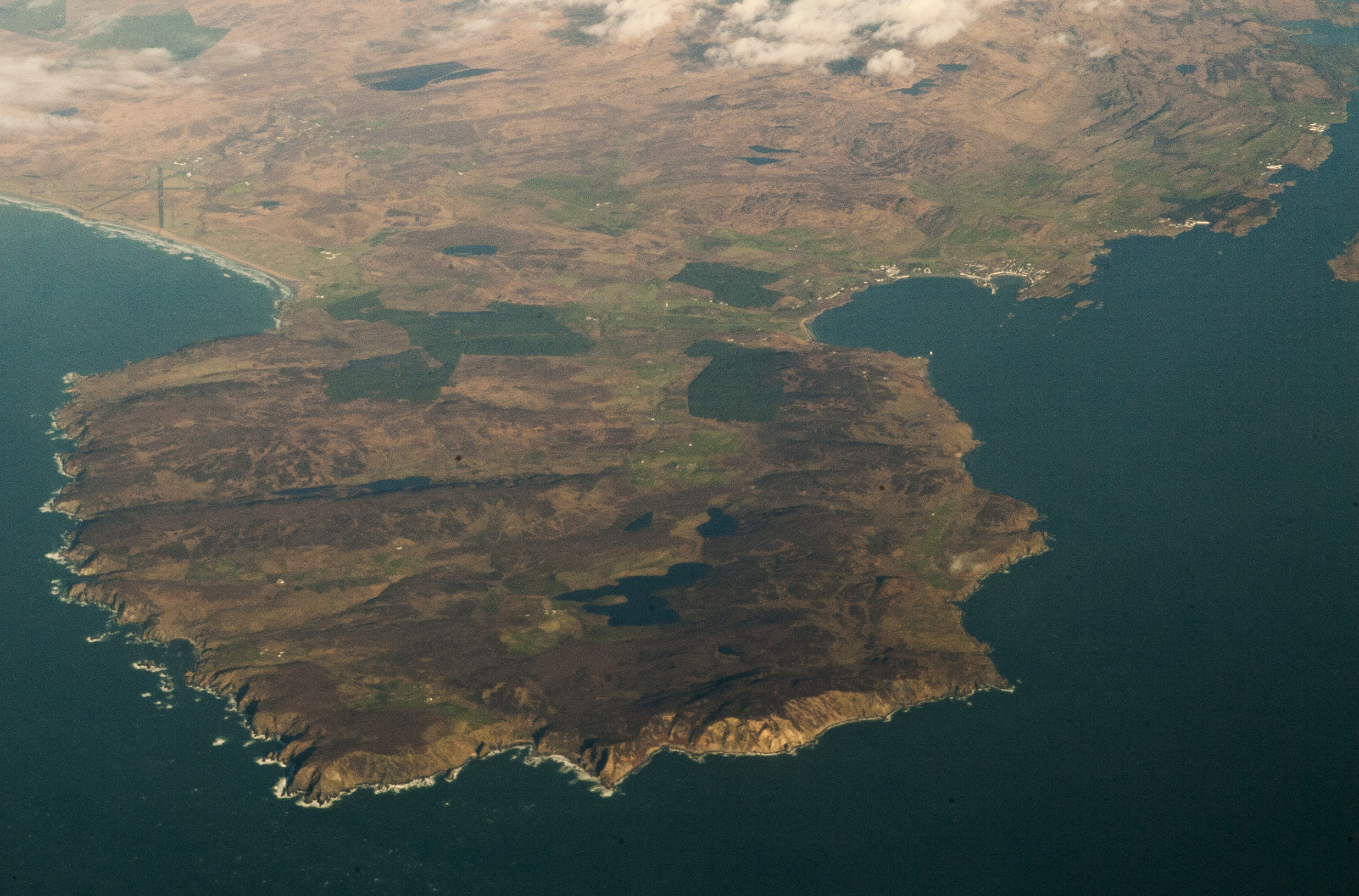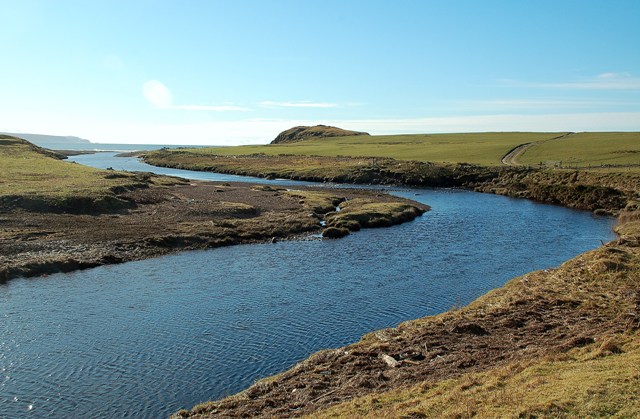Alt Tràighe Leacail
Bay in Argyllshire
Scotland
Alt Tràighe Leacail
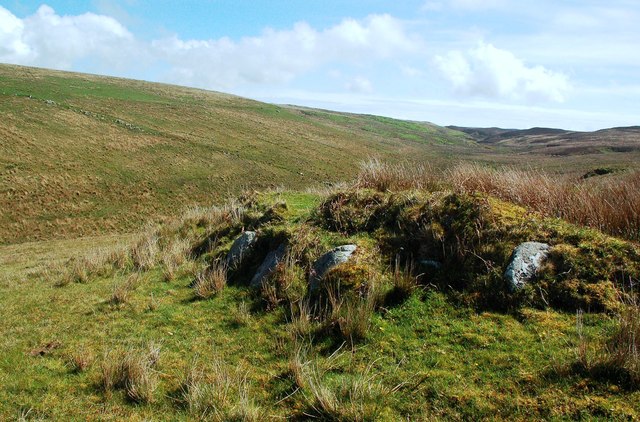
Alt Tràighe Leacail, also known as Leacail Bay, is located in Argyllshire, a county in western Scotland. Situated on the west coast of the Scottish Highlands, this picturesque bay offers breathtaking views and a tranquil atmosphere.
The bay is nestled between rugged cliffs and rolling hills, providing visitors with a stunning backdrop against the sparkling waters of the North Atlantic Ocean. The area is known for its pristine sandy beaches and crystal-clear turquoise waters, making it a popular destination for beach lovers and water sports enthusiasts.
Alt Tràighe Leacail is also home to a diverse range of wildlife, including seals, dolphins, and various species of seabirds. Nature enthusiasts can explore the rich marine life through snorkeling or take a boat trip to spot these creatures in their natural habitat.
The bay is surrounded by a lush, green landscape, offering plenty of opportunities for hiking and walking along the coastal paths. The nearby hills provide breathtaking panoramic views of the bay and beyond, making it an ideal spot for photography and nature appreciation.
For those seeking a peaceful and secluded getaway, Alt Tràighe Leacail offers a few scattered cottages and self-catering accommodations. The bay's remote location ensures a tranquil and serene environment, perfect for those looking to escape the hustle and bustle of city life.
Overall, Alt Tràighe Leacail in Argyllshire is a hidden gem on Scotland's west coast, offering a combination of stunning natural beauty, wildlife, and a peaceful atmosphere.
If you have any feedback on the listing, please let us know in the comments section below.
Alt Tràighe Leacail Images
Images are sourced within 2km of 55.621298/-6.3283302 or Grid Reference NR2744. Thanks to Geograph Open Source API. All images are credited.
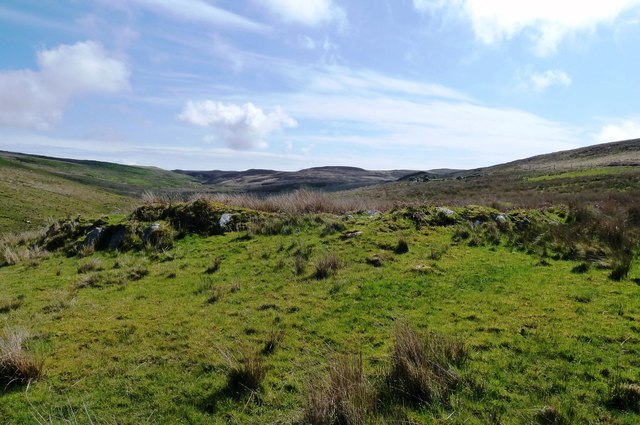
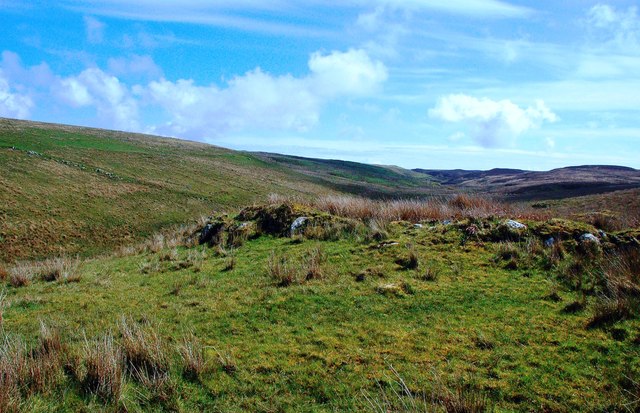
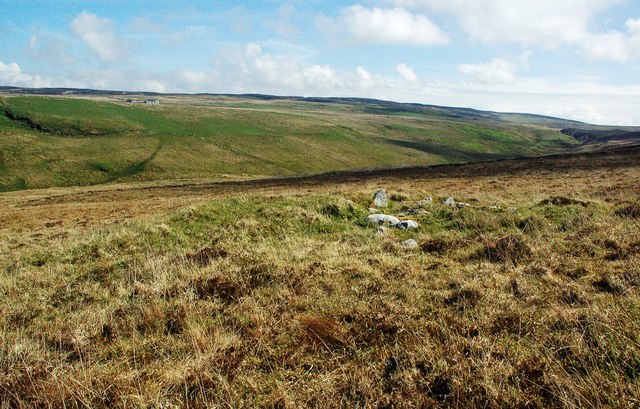
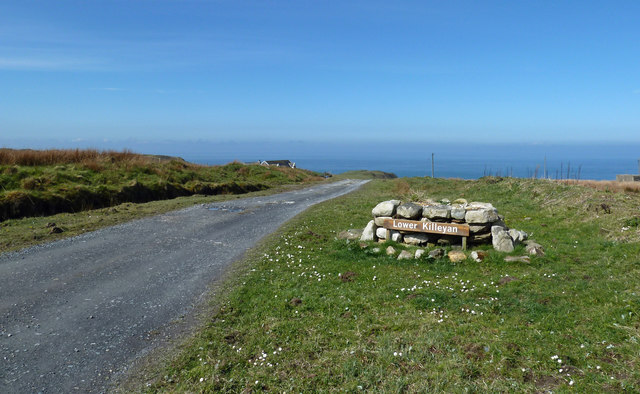
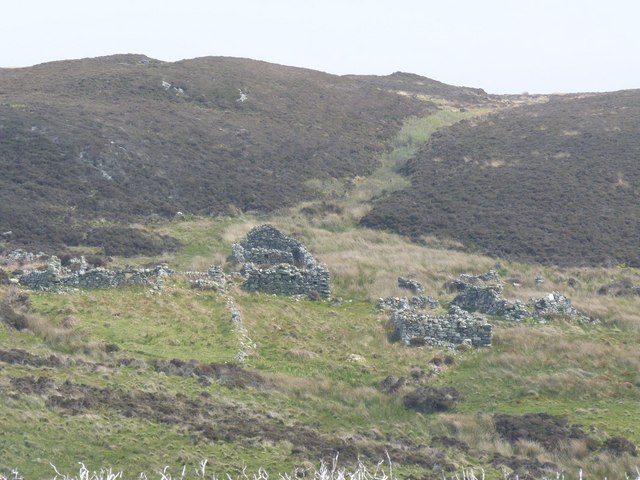
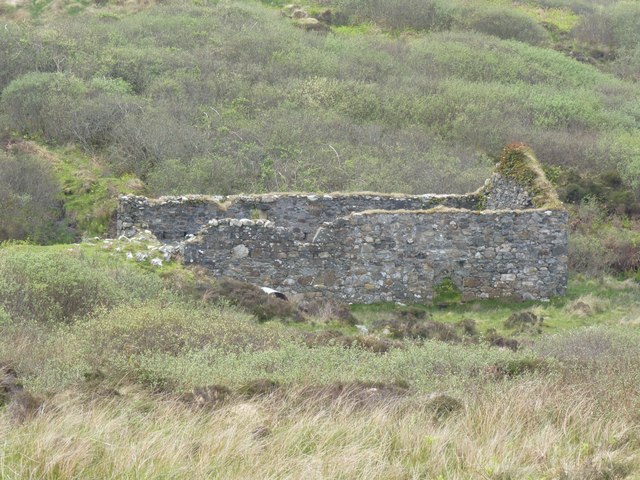
Alt Tràighe Leacail is located at Grid Ref: NR2744 (Lat: 55.621298, Lng: -6.3283302)
Unitary Authority: Argyll and Bute
Police Authority: Argyll and West Dunbartonshire
What 3 Words
///crossings.lies.debt. Near Port Ellen, Argyll & Bute
Related Wikis
Eas Mòr, lower
Eas Mor (lower) is a waterfall on the Abhainn Ghil on the island of Islay, in Scotland. It lies on the west coast of The Oa peninsula north of Lower Killeyan...
Eas Mòr, upper
Eas Mor is a waterfall is a waterfall on the Abhainn Ghil on the island of Islay in Scotland. It lies on The Oa peninsula south of Giol and west of Lenavore...
The Oa
The Oa ( OH) (Scottish Gaelic: An Obha) is a rocky peninsula in the southwest of the island of Islay, in Argyll, Scotland. It is an RSPB nature reserve...
Machrie golf course
The Machrie Golf Course, or "The Machrie Links", is located on Islay, in Scotland. The word "machrie" is a corruption of the Scottish Gaelic machair, which...
Islay Airport
Islay Airport (IATA: ILY, ICAO: EGPI) (also known as Glenegedale Airport) (Scottish Gaelic: Port-adhair Ìle) is located 4.5 nautical miles (8.3 kilometres...
Port Ellen distillery
Port Ellen distillery is located in Port Ellen on the isle of Islay, Scotland. It initially operated between 1825 and 1983 when production shut down....
River Laggan
The River Laggan is a small river on the Scottish island of Islay. Having gathered the waters of the Kilennan River, Barr River and Duich River / Torra...
St John's Church, Port Ellen
St John's Church, Port Ellen is a Category B listed building in Port Ellen, Islay, Argyll and Bute, Scotland. == History == The memorial stone for the...
Have you been to Alt Tràighe Leacail?
Leave your review of Alt Tràighe Leacail below (or comments, questions and feedback).
